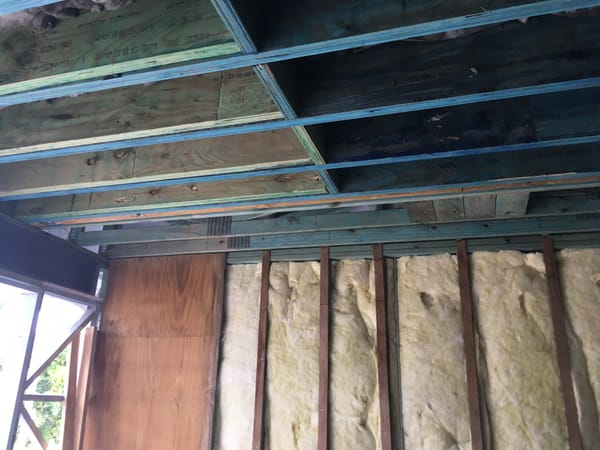Lighting is an essential element for every home – whether it's a cozy apartment or a spacious villa. It not only enhances the aesthetics of your living space, but also provides functionality and safety to your daily routine.
However, creating a plan can be overwhelming without proper guidance. From selecting the right fixtures and equipment to considering energy efficiency, there are various aspects that need careful planning.
Introduction to Electrical and Lighting Plan Preparation
If you're planning to build a new home, one of the first things you'll need to do is prepare a plan. This may seem like a daunting task, but don't worry - we're here to help!
In this section, we'll cover the basics of electrical and lighting planning, including what you'll need to consider when creating your own basic lighting plan and some tips for making the process as smooth as possible.
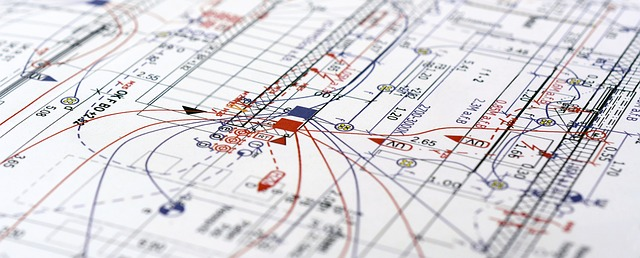
What is an electrical plan?
An electrical plan is a document that helps design and locate the lighting system for your home. It includes details such as the types of lighting fixtures, light switches their placement, wattage, and other specifications.
The plan also has wiring diagram that outlines the type of bulbs to use, the colour temperature of the light sources, and even the control systems needed to properly manage the lighting.
The purpose of an electrical plan is to help homeowners and electricians know what goes where. Its a roadmap that electricians use to rough in wiring during the pre-wire phase of construction.
The electrical plan is an important element of your home's design because it can help to elevate your home's overall aesthetics and function. It can highlight certain features, create a warm and inviting atmosphere, and also promote safety and security by illuminating pathways and entrances.
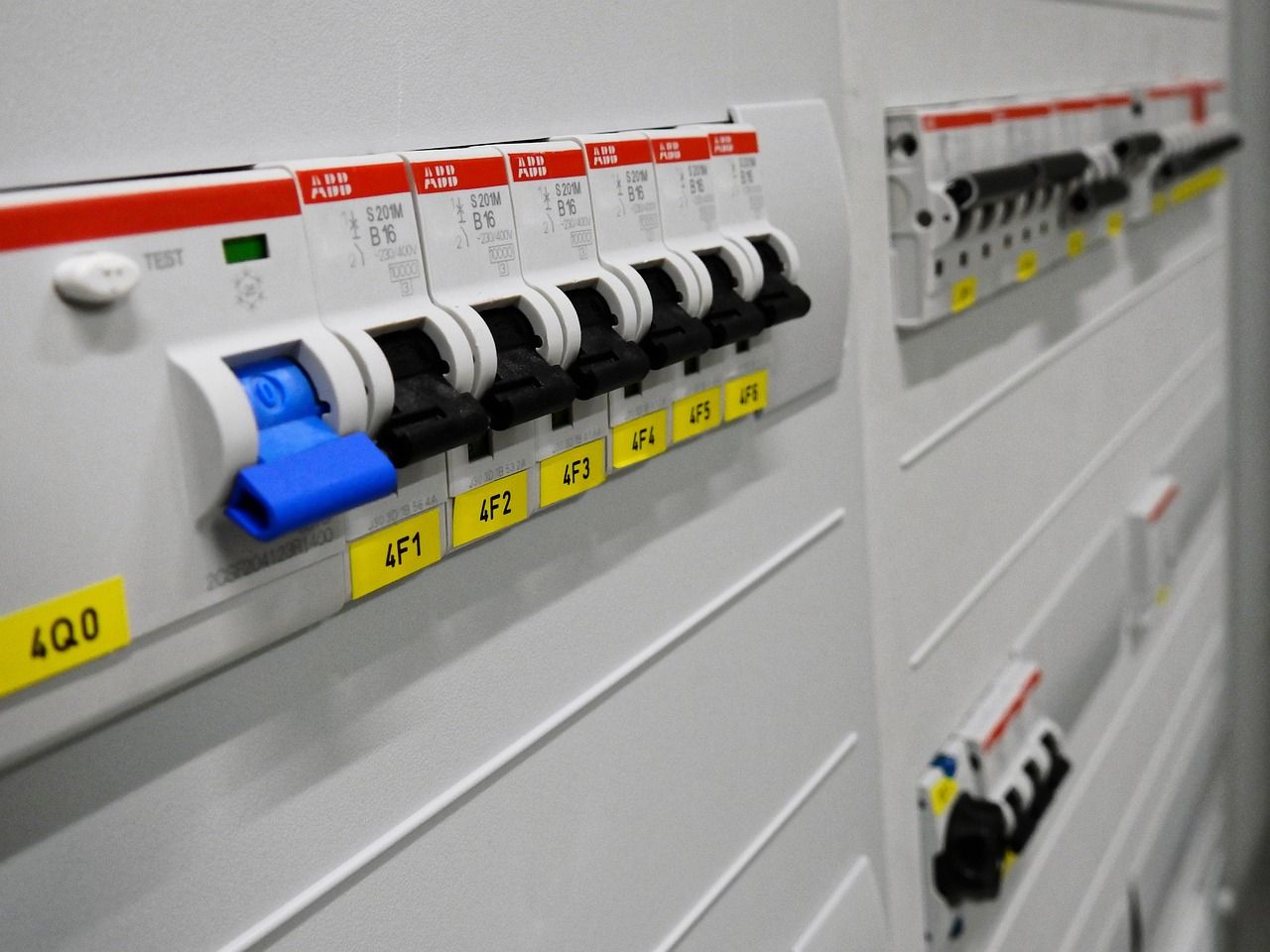
Understanding the Basics of Electrical Systems
The electrical system in your home is made up of a series of circuits, each of which provides power to a specific area or group of appliances. The main circuit breaker panel controls the flow of electricity throughout the house, and each circuit has its own breaker that can be turned on or off as needed.
The lighting in your home is also controlled by circuits, but these are typically separate from the ones that power your appliances. The number of light fixtures and their wattage will determine the size of the circuit breaker needed to power them.
You will also need to consider the placement of outlets and switches when planning your electrical and lighting system.
Planning Your Lighting Options
When you're planning the electrical and lighting for your new home, there are a few things to keep in mind. First, you'll need to determine how much light you need and where it will come from. Then, you'll need to choose the right fixtures and bulbs to get the look and feel you want.

Natural Light & Artificial light
Natural light is always the best option, so try to incorporate as much of it into your design as possible. Windows, skylights, and solar tubes are all great ways to bring in natural light. If you can't get enough natural light, then you'll need to supplement with artificial lighting.
There are a variety of artificial lighting options available, so it's important to choose what's right for your home.
LED lights are becoming more popular because they're energy efficient and long lasting. However, they can be more expensive upfront. Incandescent bulbs are less expensive but use more energy.

Fluorescent bulbs are a good middle ground option - they're not as energy efficient as LEDs but they're cheaper than LEDs.
Once you've selected your light sources, you'll need to decide on the right fixtures. There are a wide variety of fixtures available in all different styles, so it's important to choose something that fits with the overall style of your home.
For example, if you have a modern home, then you might want sleek and simple fixtures in chrome or stainless steel. If you have a more traditional home, then brass or bronze fixtures would be a better choice.

Finally, you'll need to plan out the best placement for your lights. Recessed lighting is great for providing ambient light, while track lighting and wall sconces can be used to highlight artwork or create an accent wall.
Pendant lights are great for task lighting, such as in kitchens or work areas. Consider all these factors when planning the lighting for your home.

Light switches
When designing a new home, it's important not to overlook the placement of light switches. Not only does it affect the functionality of your home, but it can also impact energy efficiency and aesthetic.
Planning ahead for the placement of switches ensures there's always one within reach, allowing for easier navigation in low light conditions. Well-placed switches also encourage energy conservation, resulting in lower energy bills.
Finally, when strategically placed on visually appealing walls, switches can enhance the overall design of your home, creating a beautiful and functional space. Don't underestimate the significance of light switch placement in the planning stage of your new home.
Working with an Electrician to Help You Choose the Right Wiring for Your Home
Here are a few things to keep in mind as you're working with your electrician to choose the right wiring for your home:
- The type of wiring you'll need will depend on the size and layout of your home, as well as the number of electrical appliances and fixtures you plan on using.
- Your electrician will be able to help you choose the right gauge (thickness) of wire for your needs. Generally speaking, thicker wires can handle more electricity and are better suited for homes with more electrical devices.
- Make sure to discuss any plans you have for future renovations or additions with your electrician, as this can affect the type of wiring and the size of the mains connection you'll need in your home.
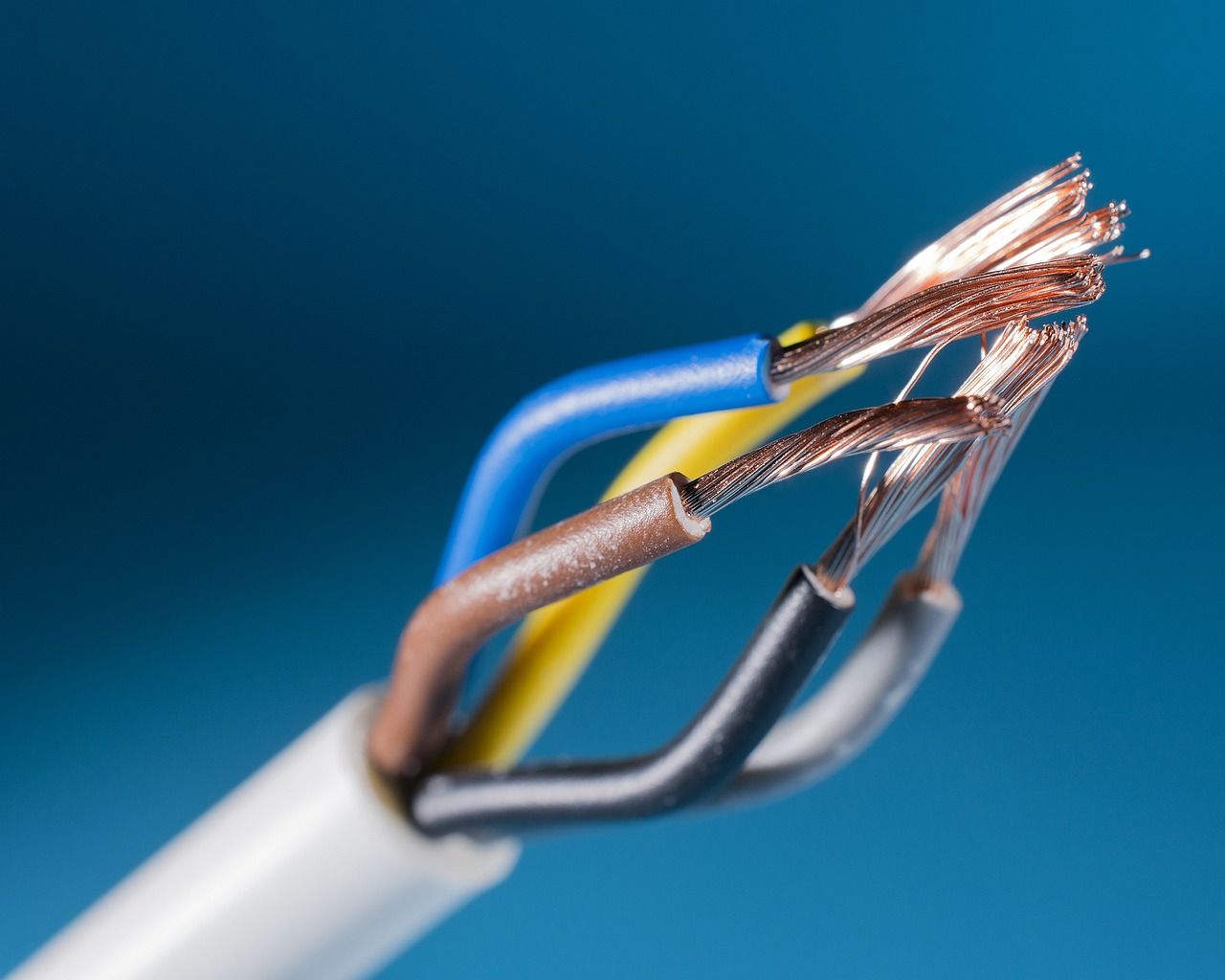
How to Prepare For Your Appointment With an Electrician
Make a list of all the rooms in your house and what type of lighting you would like in each one. This will help the electrician understand your needs and come up with a plan that meets them.
Provide measurements of each room (or a sketch floor plan) so that the electrician can get an accurate estimate of the amount of work involved.
Gather any pictures or magazine articles that you have found that feature rooms with similar lighting to what you are looking for. This will give the electrician some idea of your style preferences.
Write down any questions that you have about the electrical and lighting system in your new home so that you can be sure to ask them during your appointment.
Be prepared to discuss your budget for this project with the electrician so that they can give you realistic options within your price range.
Evaluating Different Lighting Fixtures and Options
When it comes to choosing the right lighting fixtures and options for your new home, there are a few things you'll want to keep in mind.
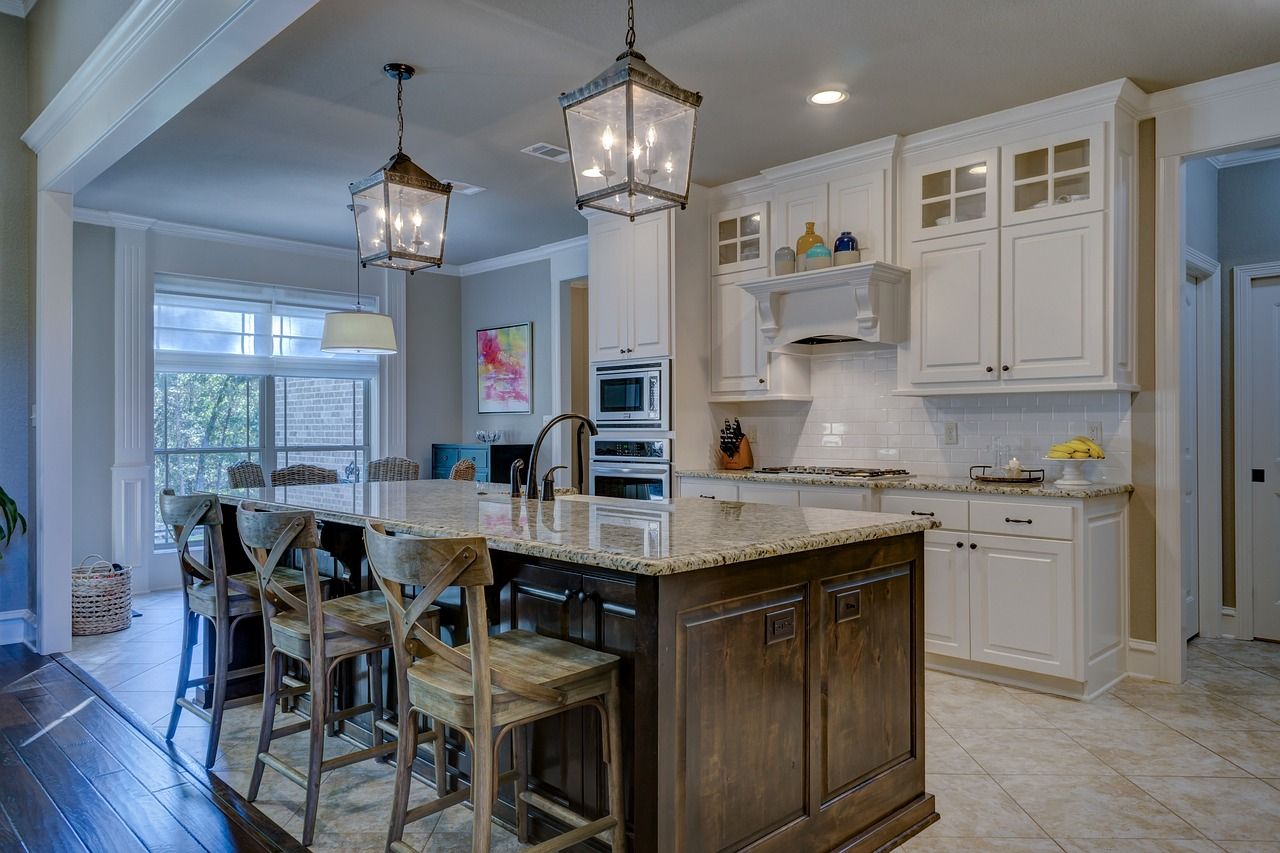
First, consider the overall style of your home and what kind of look you're going for. Then, think about the various functions each room will serve and what kind of lighting will be most appropriate for those activities.
Finally, don't forget to factor in your budget when making your selections.
It can be difficult to know where to begin with so many different lighting fixtures and options on the market today. However, by taking the time to assess your wants and needs, you can narrow the field and select the best option for your new home.
Don't forget external security lighting
When it comes to home security, external lighting is often overlooked. But a well-lit home is much less likely to be targeted by burglars, and external security lighting can make a big difference in deterring crime.
There are a few things to keep in mind when planning your security lighting:
- First, choose fixtures that will provide ample light. Motion-activated floodlights are a great option, as they will only come on when someone is present.
- Second, make sure the fixtures are installed in strategic locations. Focus on areas like doors and windows, where intruders are most likely to enter.
- Finally, consider using timers or light sensors to automate your security lighting. This way, you won't have to remember to turn the lights on and off every day.
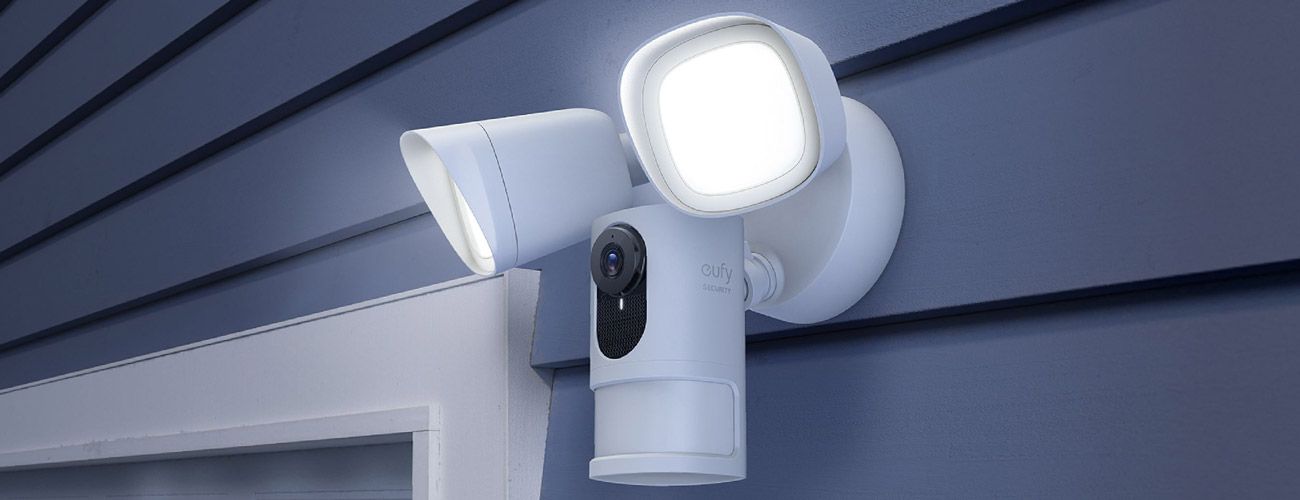
Tips for Saving Money on Your Electrical and Lighting Plan
Use energy-efficient light bulbs. They may cost more upfront, but they will save you money in the long run by using less energy.
Take advantage of natural light. During the day, open up curtains and blinds to let in as much natural light as possible. This will reduce the need for electric lights during the daytime hours.
Use task lighting. Instead of having one bright overhead light, use several smaller lamps to light up specific areas where you need it most.
This will help save on your energy bill by not having to use as much electricity to light up the entire room.
Install dimmer switches. Dimmer switches not only give you more control over the amount of light in a room, but they can also help save on your electric bill by reducing the overall amount of power used to light the space.
Consider solar power. Solar energy is becoming more popular, and can be a great way to save money on your electric bill by eliminating the need for electricity from the grid.
Look for energy-efficient products. When shopping for lights, fans, and other electrical appliances, look for products with Energy Star ratings. These items are designed to use less power and cost less to operate over time.
Conclusion
Taking the time to plan out your electrical and lighting needs is an important part of building a new home.
With proper planning, you can ensure that every area of your home has adequate power and light sources.
We hope this guide has given you the information needed to create a comprehensive electrical and lighting plan for your new home.
With careful consideration and attention paid to ambient lighting during the planning process, you will be well on your way towards having a safe and efficient lighting setup in no time!






